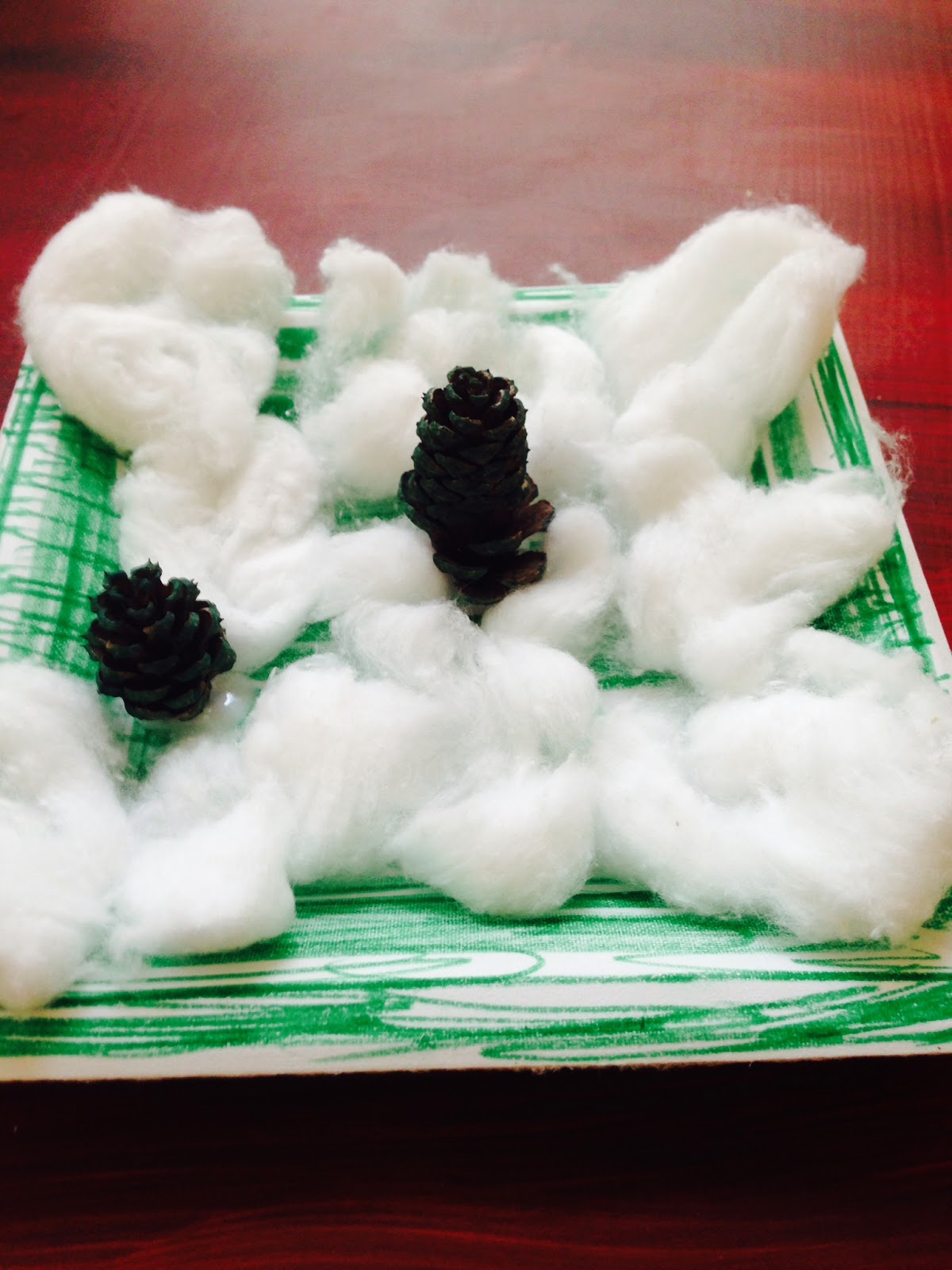The wonderful world of play can help preschoolers learn
important science concepts. As your children roll toy cars around the room, ask
questions designed to get them thinking.
Questions that begin with the words, “what if,” encourage children to develop an understanding of scientific concepts. For example, ask questions such as:
Questions that begin with the words, “what if,” encourage children to develop an understanding of scientific concepts. For example, ask questions such as:
·
What if your car didn’t have wheels? What might
happen? This could lead to children using objects without wheels to try and
make an object move. Children can then see the power of the wheel.
·
What if you used blocks to make a ramp? Would
your car change speed? Have children change the slope of the ramp. This
develops key ideas about slope and speed.
·
What if your car rolled on snow, rain, or rocks?
What could happen?
These and other questions encourage children to predict and
describe their play experiences. They
investigate and share outcomes. These are skills of scientists and necessary
school readiness thinking skills.
For more on how vehicles work, share this video with your class.
Ask children to share their observations about this machine at work.
Note: Sharing observations are an important part of the
scientific process and, of course, help to develop verbal skills and
vocabulary.
Please sign-up for our FREE printable activities. You can
use them in your classroom or send them home for family engagement. This week,
we highlight the wheel!
Standards
Alignment:
NAEYC: 2.D.03.; 2.D.06.; 2.G
Head Start: IV.A.; VIII.B.; XI.A&B.











